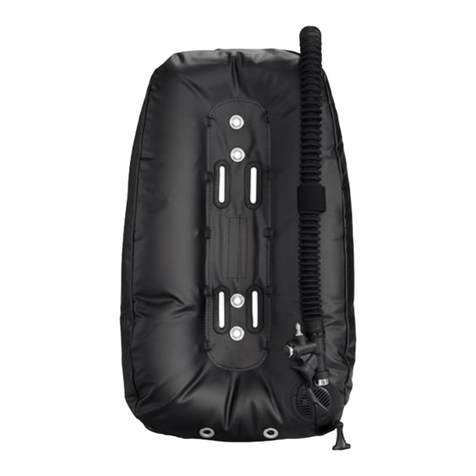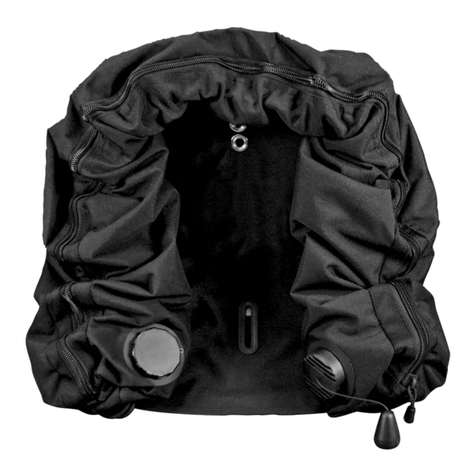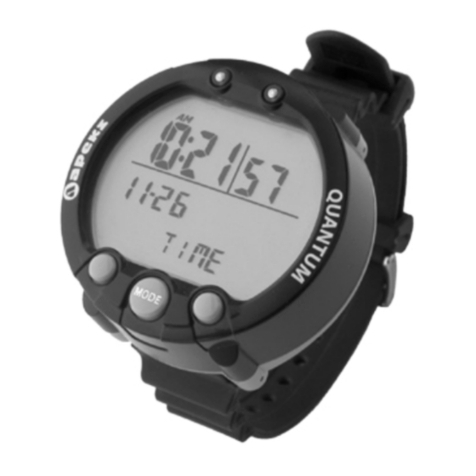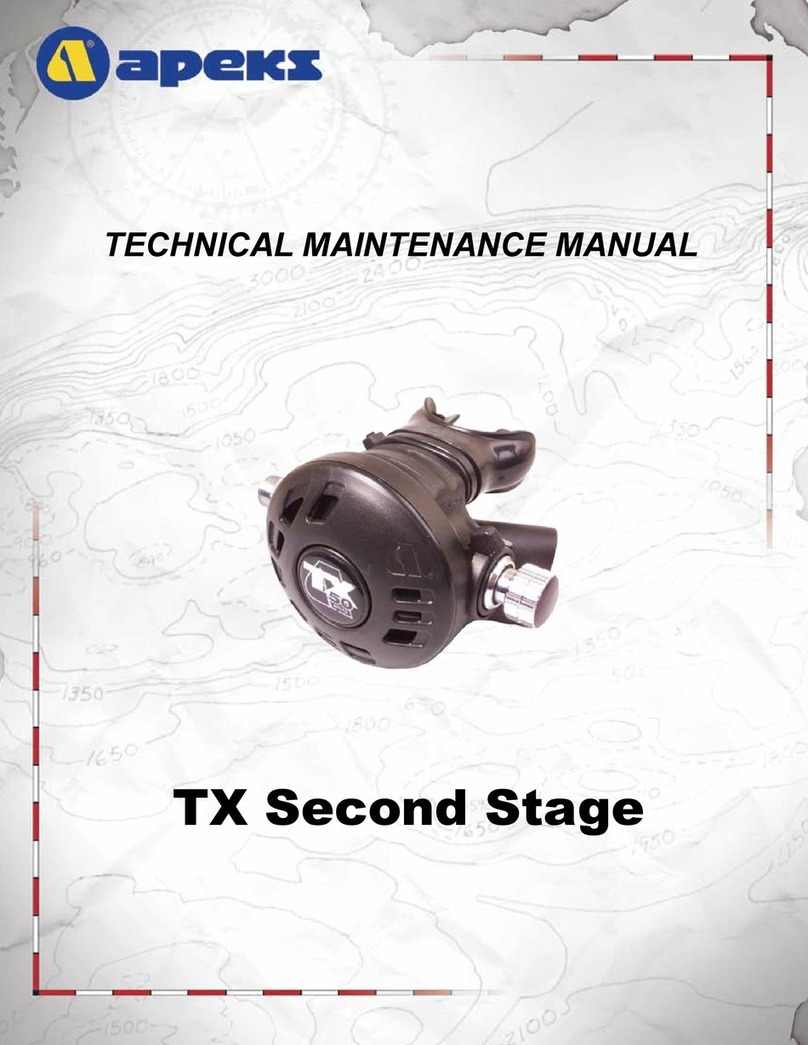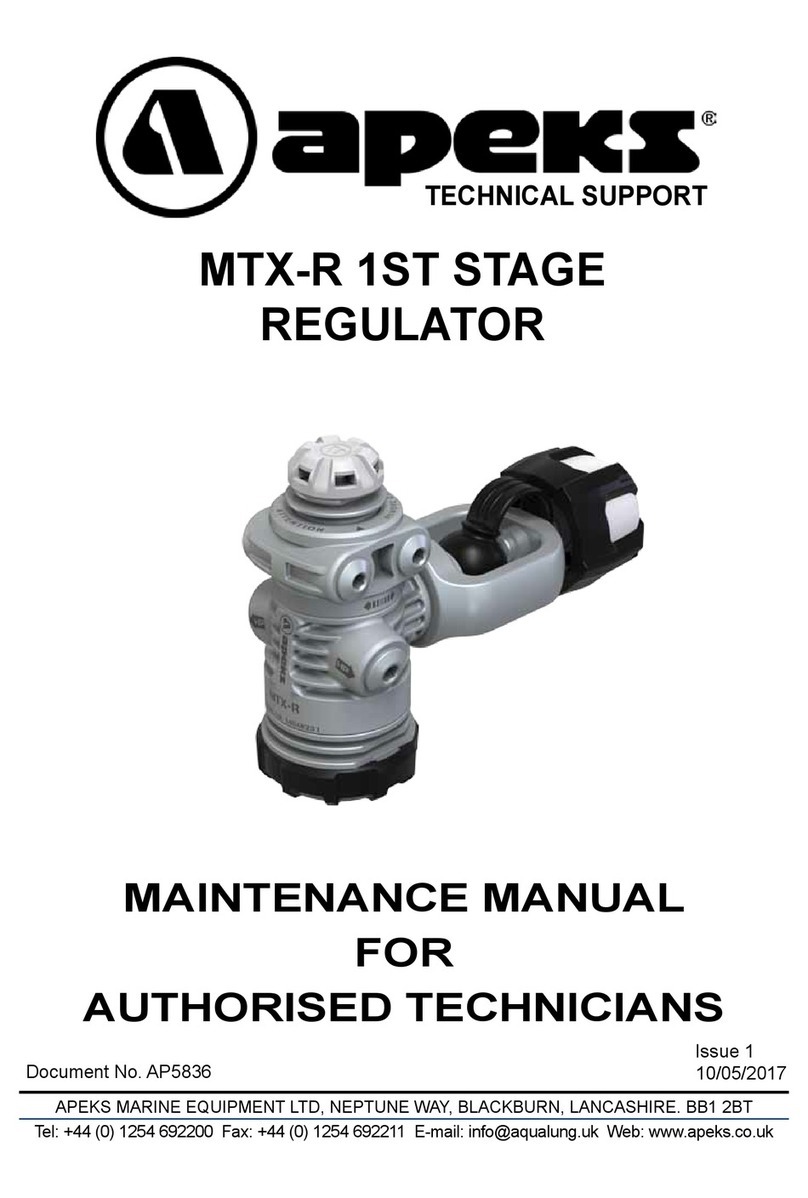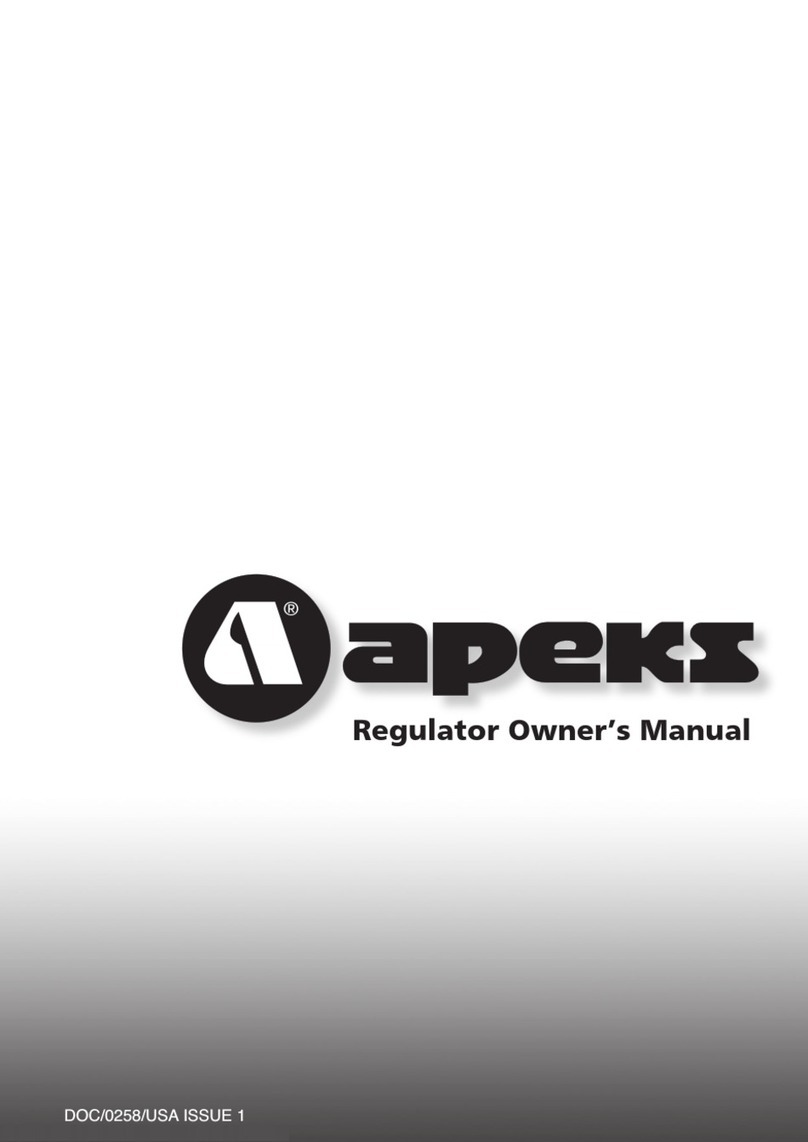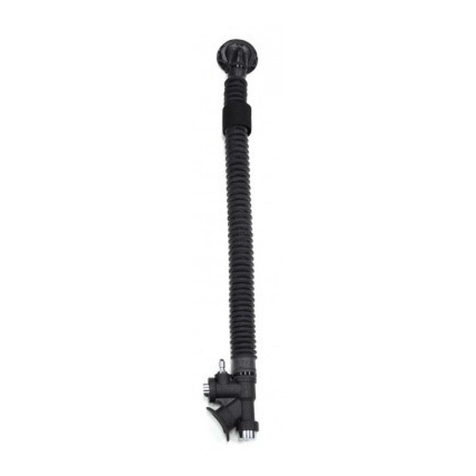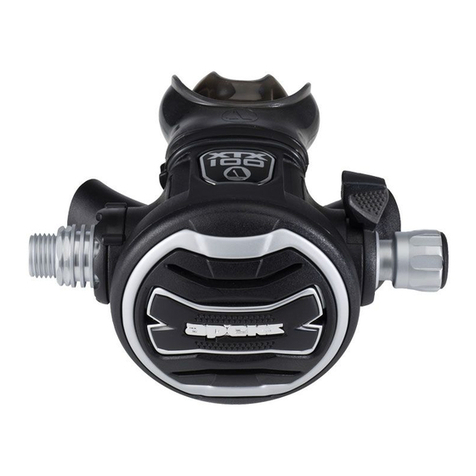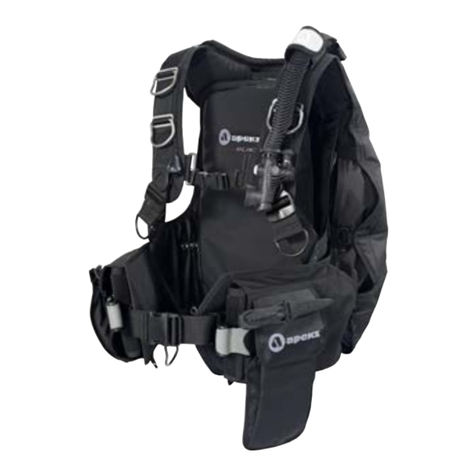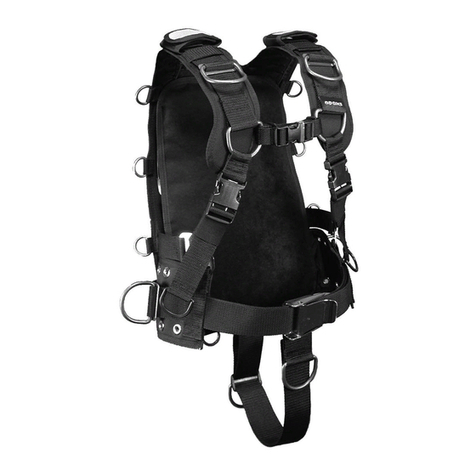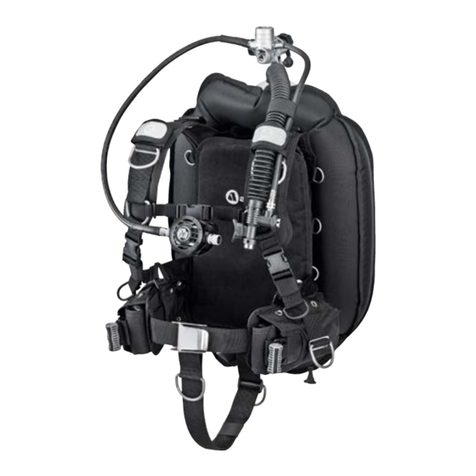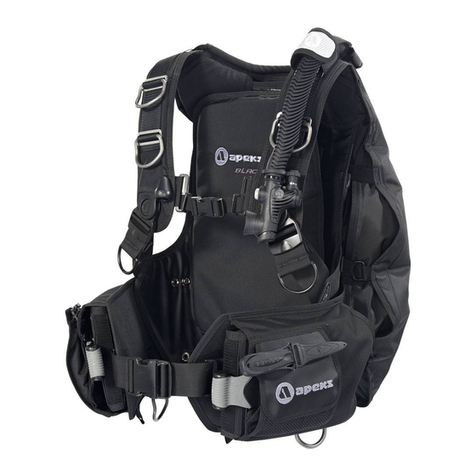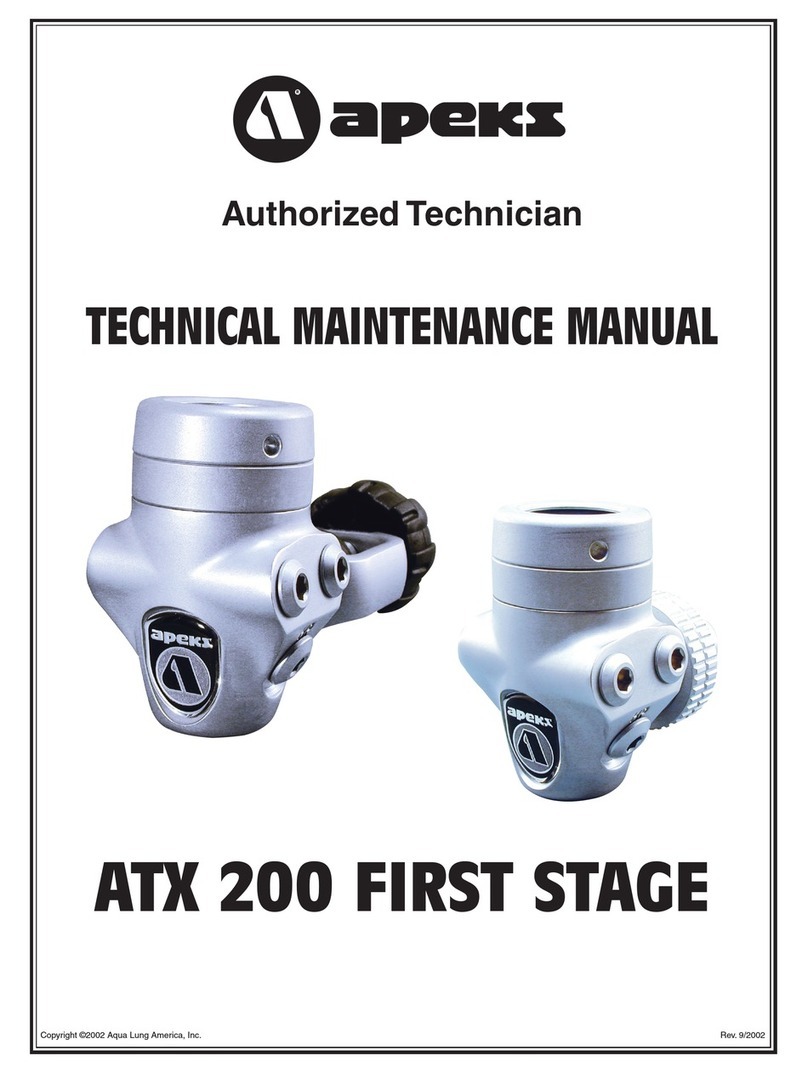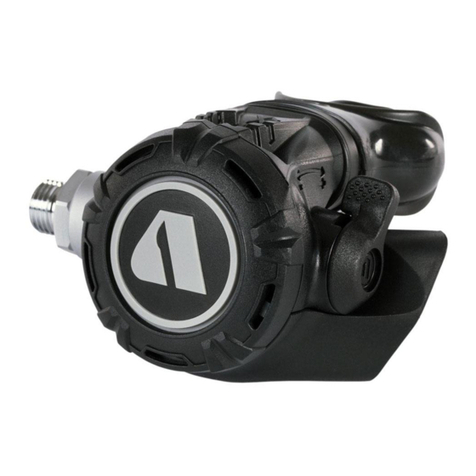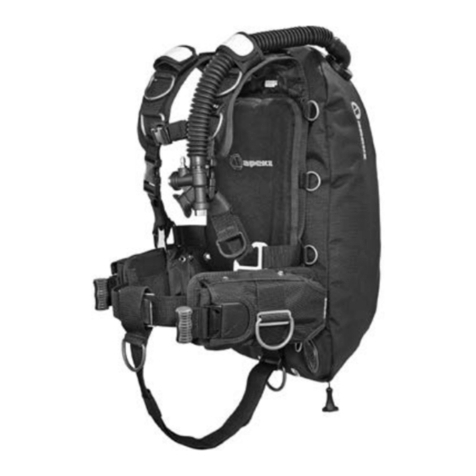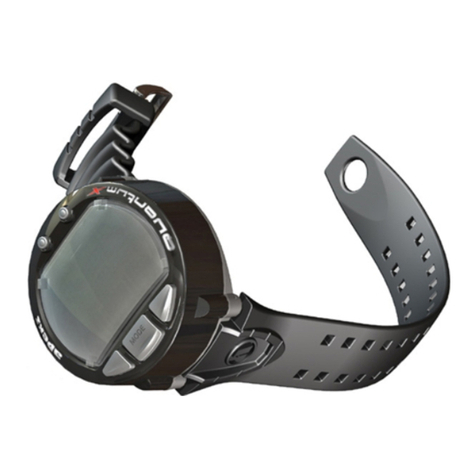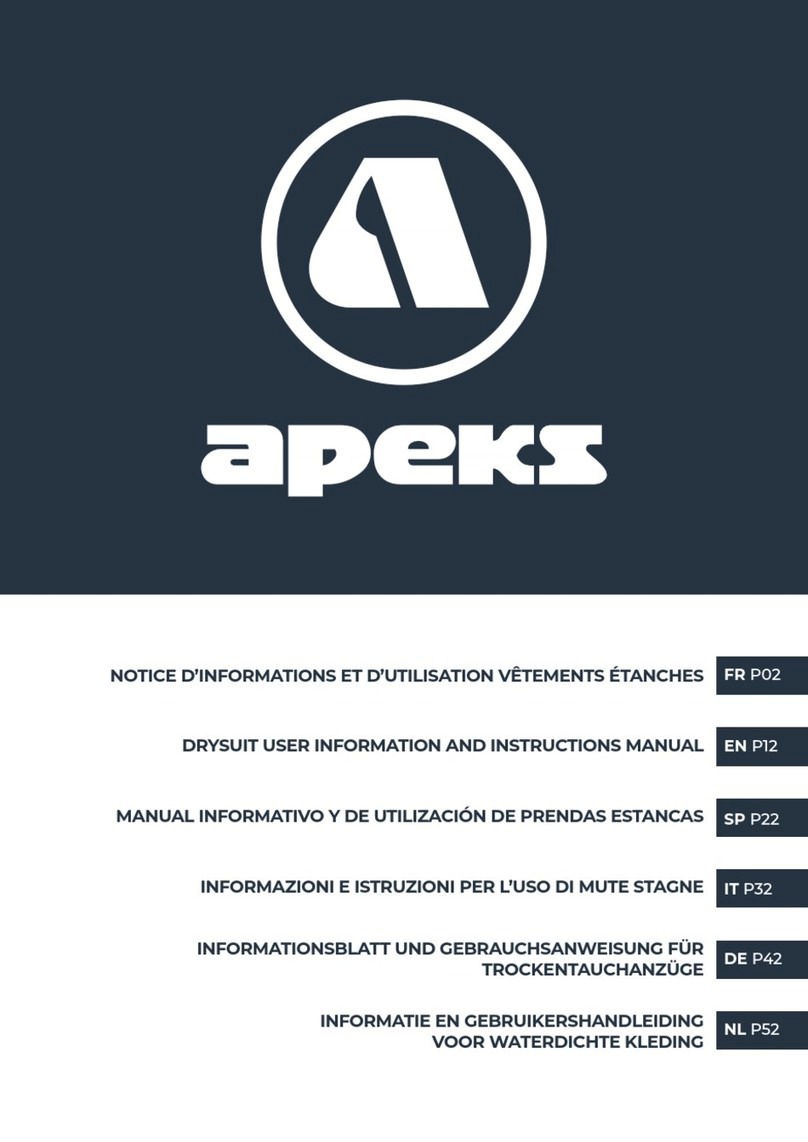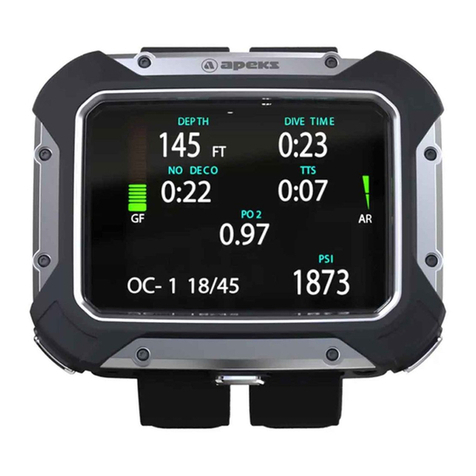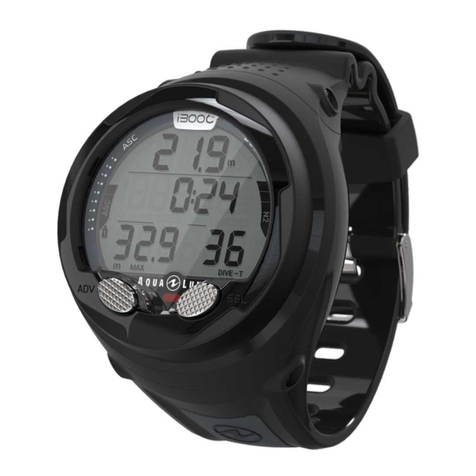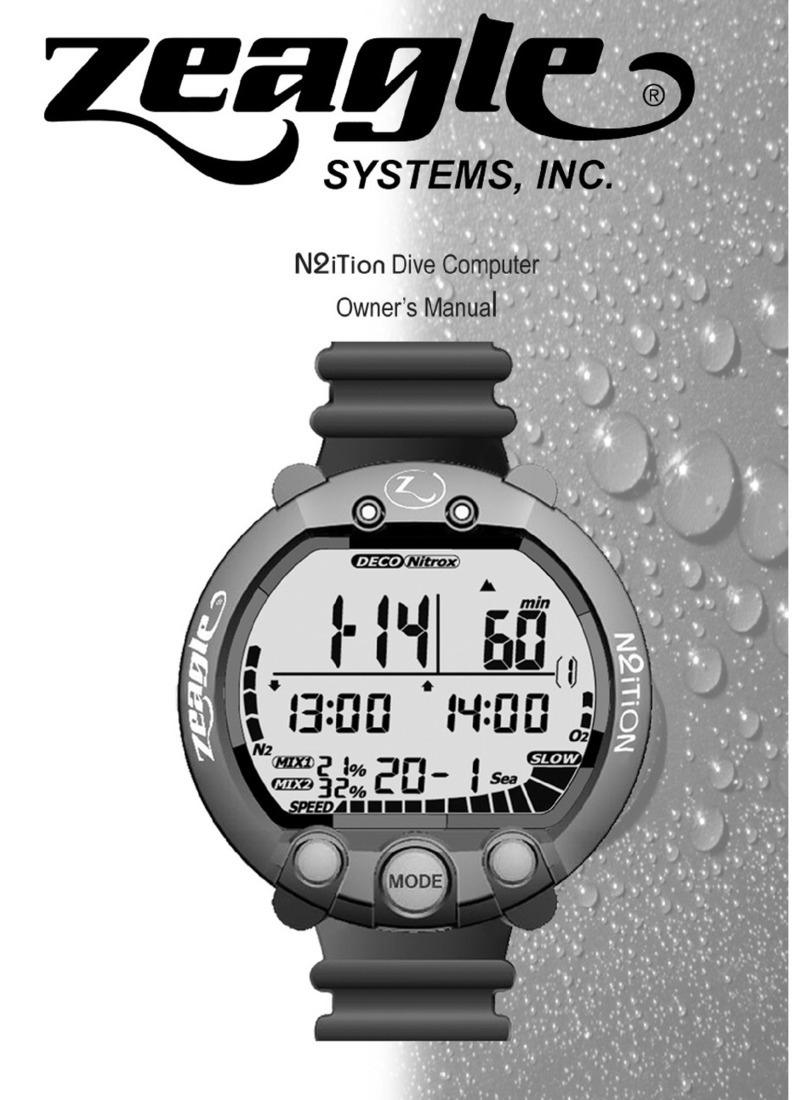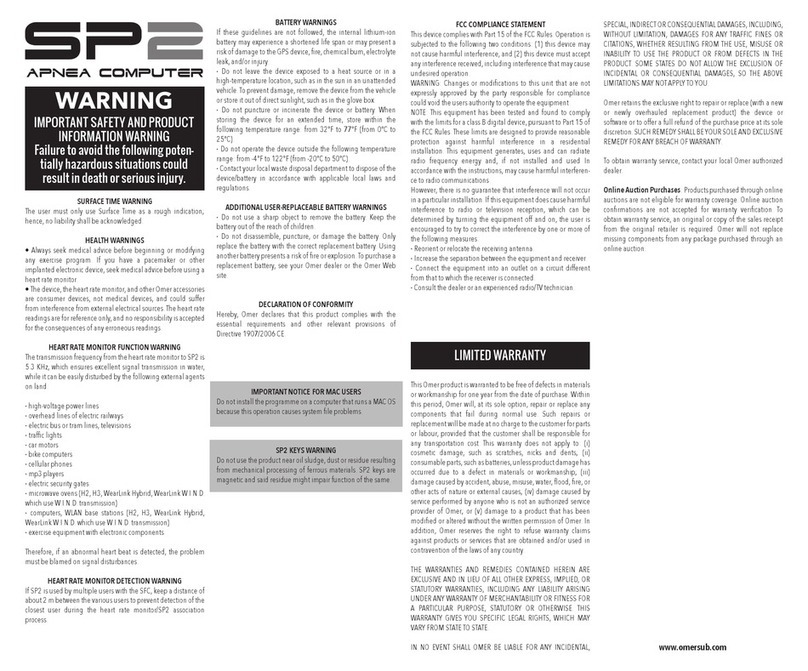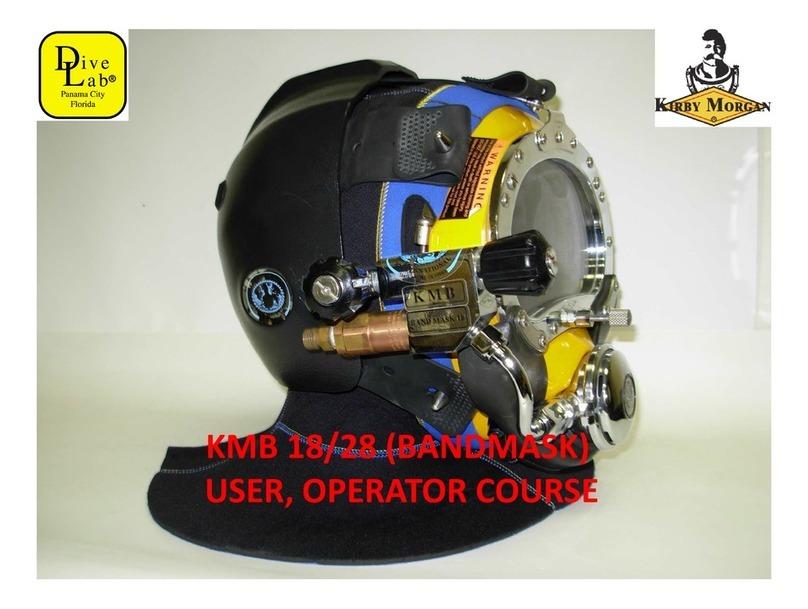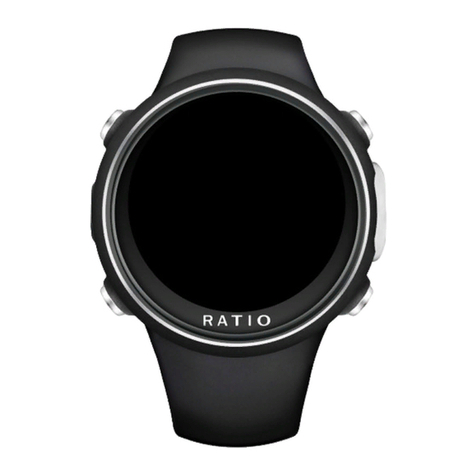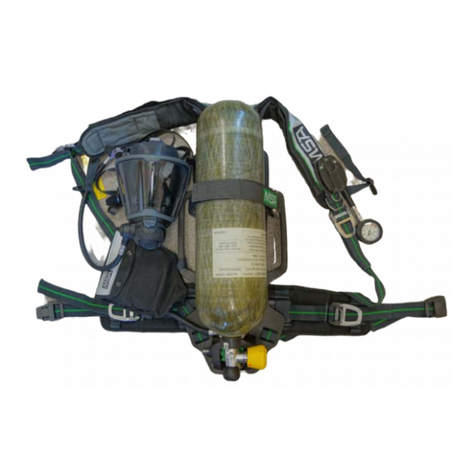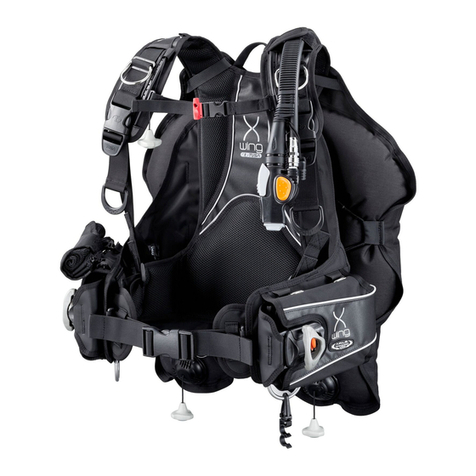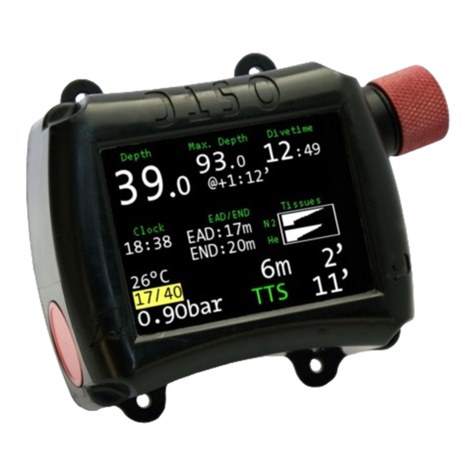GENERAL GUIDELINES
1. In order to correctly perform the procedures outlined
in this manual, it is important to follow each step
exactly in the order given. Read over the entire
manual to become familiar with all procedures and
to learn which specialty tools and replacement parts
will be required before commencing disassembly.
Keep the manual open beside you for reference while
performing each procedure. Do not rely on memory.
2. All service and repair should be carried out in a work
area specically set up and equipped for the task.
Adequate lighting, cleanliness, and easy access to all
required tools are essential for an efcient repair facil-
ity.
3. During disassembly, reusable components should be
segregated and not allowed to intermix with non-
reusable parts or parts from other units. Delicate
parts, including inlet ttings and valve seats which
contain critical sealing surfaces, must be protected
and isolated from other parts to prevent damage
during the cleaning procedure.
4. Use only genuine Apeks parts provided in the 1st
stage service kit (AP0241) and 2nd stage service kit
(AP0219). DO NOT attempt to substitute an Apeks
part with another manufacturer’s, regardless of any
similarity in shape or size.
5. Do not attempt to reuse mandatory replacement
parts under any circumstances, regardless of the
amount of use the product has received since it was
manufactured or last serviced.
6. When reassembling, it is important to follow every
torque specication prescribed in this manual,
using a calibrated torque wrench. Most parts are
made of either marine brass or plastic, and can be
permanently damaged by undue stress.
GENERAL CONVENTIONS
Unless otherwise instructed, the following terminology and
techniques are assumed:
1. When instructed to remove, unscrew, or loosen a
threaded part, turn the part anti-clockwise.
2. When instructed to install, screw in, or tighten a
threaded part, turn the part clockwise.
3. When instructed to remove an ‘O’ Ring, use the pinch
method (see gure below) if possible, or use a brass,
aluminium or plastic ‘O’ Ring removal tool. Avoid using
hardened steel picks, as they may damage ‘O’ Ring
sealing surfaces. All ‘O’ Rings that are removed are
discarded and replaced with brand new ‘O’ Rings.
4. The following acronyms are used throughout the
manual: MP is Medium Pressure; HP is High Pressure;
PN is Part Number.
5. Numbers in parentheses reference the key numbers
on the exploded parts schematics. For example, in the
statement, “...remove ‘O’ Ring (11) from...”, the number
11 is the key number to the Blanking Piece ‘O’ Ring.
DISASSEMBLY PROCEDURES
NOTE: Before performing any disassembly,
refer to the exploded parts drawing, which refer-
ences all mandatory replacement parts. These
parts should be replaced with new, and must not
be reused under any circumstances - regardless
of the age of the regulator or how much use it
has received since it was last serviced.
CAUTION: Use only a plastic, brass or
aluminium ‘O’ Ring removal tool (PN AT79)
when removing ‘O’ Rings to prevent damage
to the sealing surface. Even a small scratch
across an ‘O’ Ring sealing surface could
result in leakage. Once an ‘O’ Ring sealing
surface has been damaged, the part must
be replaced with new. DO NOT use a dental
pick, or any other steel instrument.
Pinch Method
Press upwards
on sides of ‘O’
Ring to create a
protrusion. Grab
‘O’ Ring or insert
‘O’ Ring tool at
protrusion.
